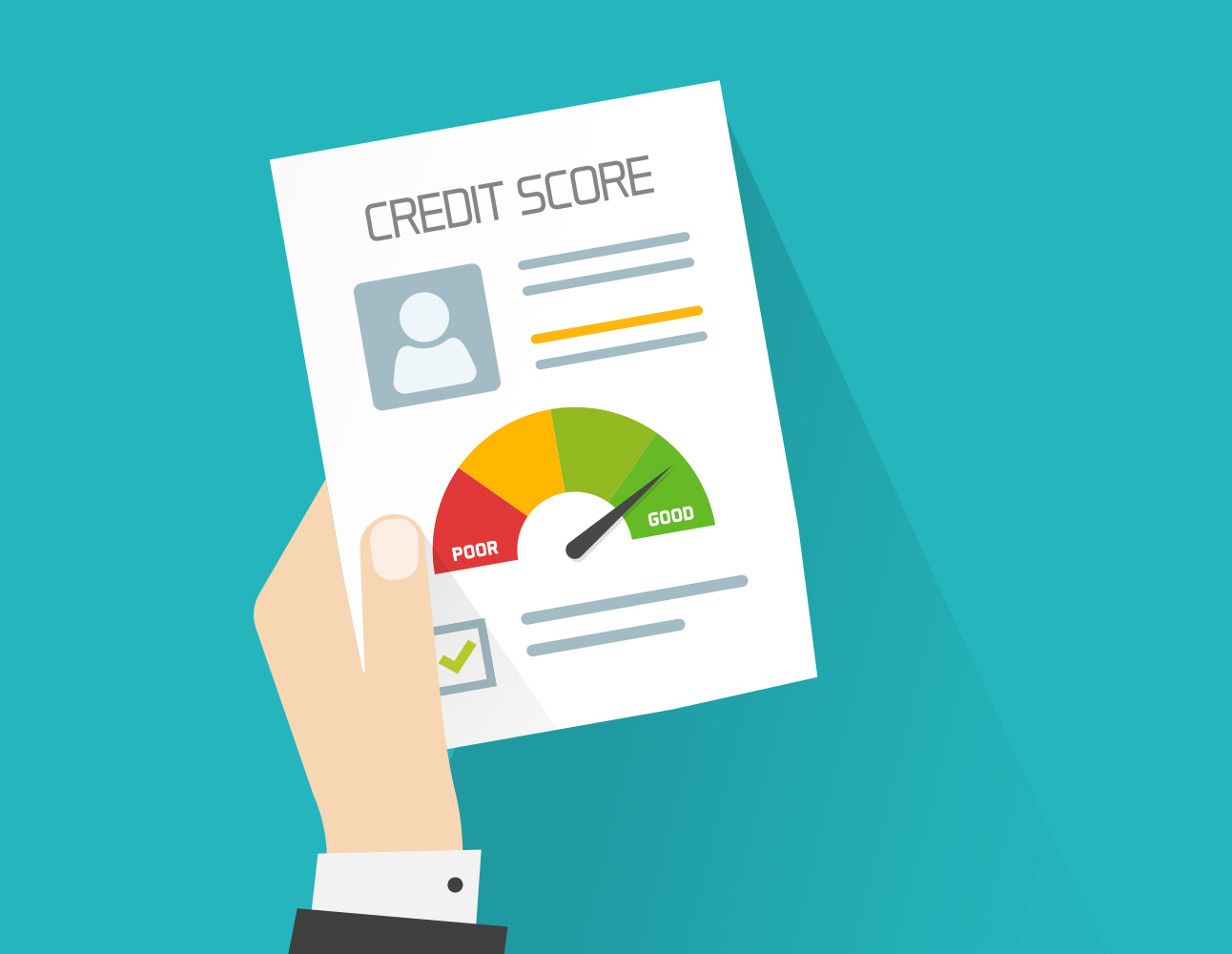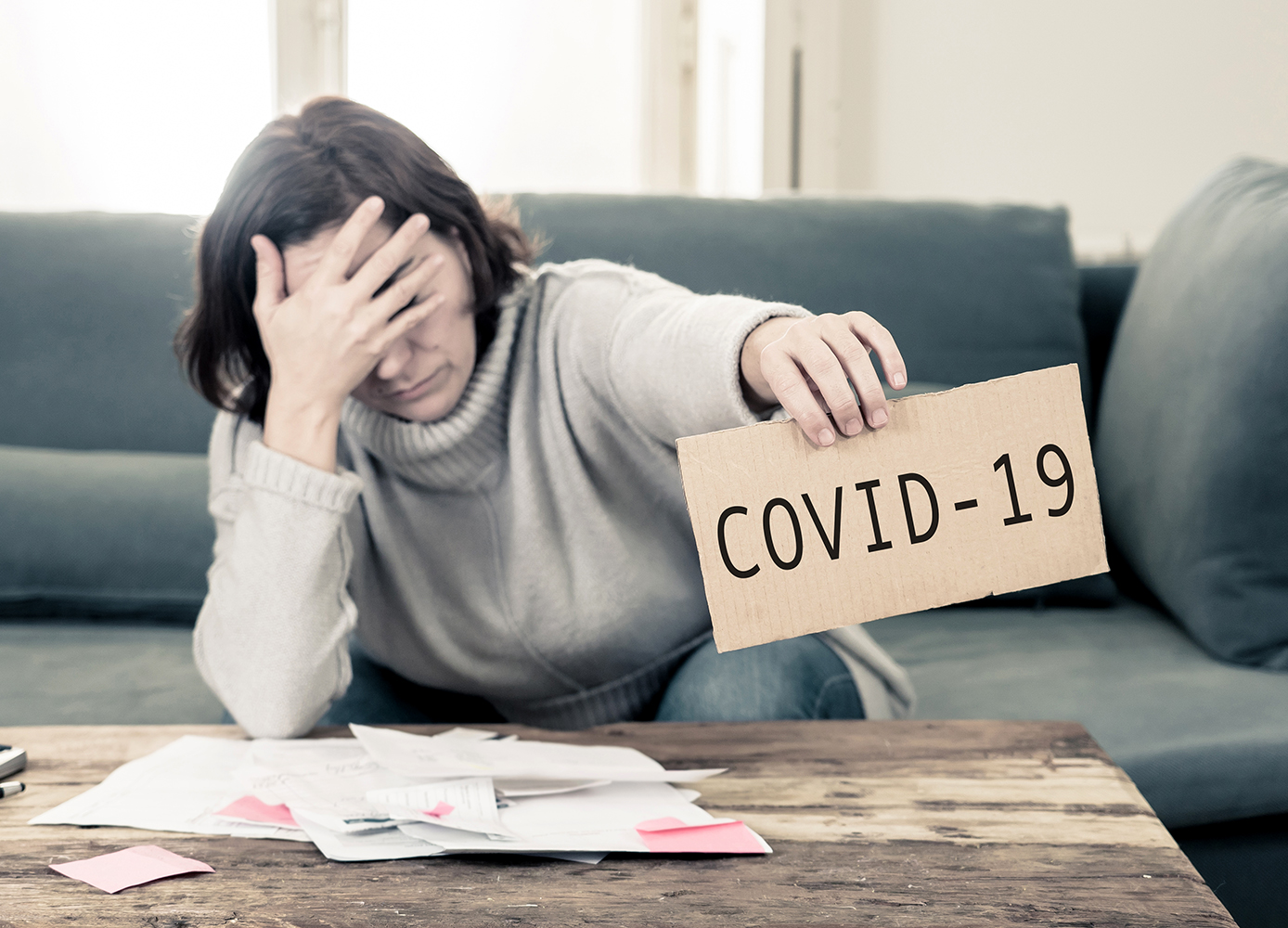Debt can work against you—or you can make it work for you
By Olev Edur
Debt. It’s become a dirty word in recent years, with regular headlines announcing that Canadians, including many retirees, have been overextending themselves and inviting financial peril. But not all debt is bad.
While we all understand that living beyond one’s means can have nasty repercussions, and that it’s better to be debt-free, borrowed money can sometimes help one grab an opportunity that would otherwise be out of reach. Many businesses, for example, couldn’t survive without borrowing funds to cover expenditures while maintaining their cash flow. Similarly, most of us don’t happen to have a six- or seven-digit bank account and so must borrow to buy a home. But as proud homeowners will tell you, taking out a mortgage was one of the best financial decisions they ever made.
In fact, writing earlier this year in the Financial Post, Fred Vettese, chief actuary at the consulting firm Morneau Shepell and an expert on Canada’s retirement income system, stated that those headline-garnering consumer-debt statistics are being misused and added:
“Rising personal debt is usually regarded with great consternation, and yet the numbers published by Statistics Canada paint a good news story when viewed in the right light. It is true that the median debt of indebted families increased from $37,000 to $60,000 (in constant dollars) between 1999 and 2012. On the other hand, median assets of families with debt rose by $180,000 in the same period. Indebted households got considerably richer in spite of their greater debt load.
“But this is not surprising to anyone who reads past the headlines,” Vettese added. “What may be more surprising is that most of the debt is ‘good’ debt. Of the $1.3 trillion of debt owed by Canadians in 2012, an even trillion dollars (77 per cent) was mortgage debt.”
Retirees should generally strive to eliminate all their debt, but carrying the tail end of a mortgage is definitely not a sign of impending financial disaster. After all, as Vettese noted, your home is likely appreciating at a rate that exceeds your interest costs.
The same could be said about investment loans: in many cases, the yield on the borrowed money exceeds the interest cost, especially given that this cost is generally tax-deductible. Furthermore, the tax rate applied to capital gains and dividends is much lower than for interest income, so the costs are fully tax-deductible while the profits are not fully taxable (in relation to interest or other income).
“Good debt is the type of debt that enhances your wealth,” says Chris Buttigieg, senior manager of Wealth Planning Strategy at BMO Wealth Management in Toronto. “Bad debts are the ones that are inefficient—meaning the interest rates are high—and they do not advance your wealth or your income prospects.”
As a result, before getting frightened by those newspaper headlines, you need to take a closer look at what you owe and what that debt is doing to—or for—you.
Three Kinds of Debt
Daniel Collison, regional director with Investors Group in Markham, ON, divides debt into three categories: bad, good, and best.
“The best kind of debt,” he says, “is when people use it smartly, borrowing to grow their wealth. And wherever possible, you want to try to arrange things so you can deduct the carrying costs.
“For example, a student loan can be considered the best kind of debt, because you’re using it to grow your human capital. You can also gain tax credits as a student. Another is a business loan, because it’s being used to grow the business. If you borrow to buy a rental property—something many retirees own—then you can write off the carrying costs.
“Another example of the best kind of debt is borrowing to invest,” Collison says. “Rather than buying a tax shelter, you can build your own tax shelter. The loan cost is tax-deductible and there’s an added benefit in that capital gains are taxed at only half the rate of interest income. But the key is that you’re adding to your wealth, and the interest is tax-deductible, so it could be as little as half the stated rate.

“Bad debt is any debt incurred to buy either a depreciating asset or something like a vacation, and it’s particularly bad if you don’t pay off the loan. If you borrow to buy a car, for example, it will depreciate quickly, and you’re buying it with after-tax dollars. But if it’s for your business,” Collison says, “then it’s actually a good or best loan because the costs are tax-deductible.
“If you use a line of credit or even a credit card and you pay it off right away, that’s fine, but if you’re not paying it off, that’s bad. Most credit cards are not overly expensive as long as you don’t keep carrying that debt, and you are helping to build your own credit rating. But if it’s a Visa card charging 19.9 per cent, or a store card at over 30 per cent, then you must pay it off.”
Debt Strategy
When it comes to working out your debt, there are a few basic strategies to keep in mind.
“If you’re carrying both high-interest and low-interest debt, then you should pay off the high-interest loans first,” Buttigieg says. “On the other hand, if you have just a small low-interest loan, paying it off sooner can give you a sense of accomplishment.”
Photos: iStock.





